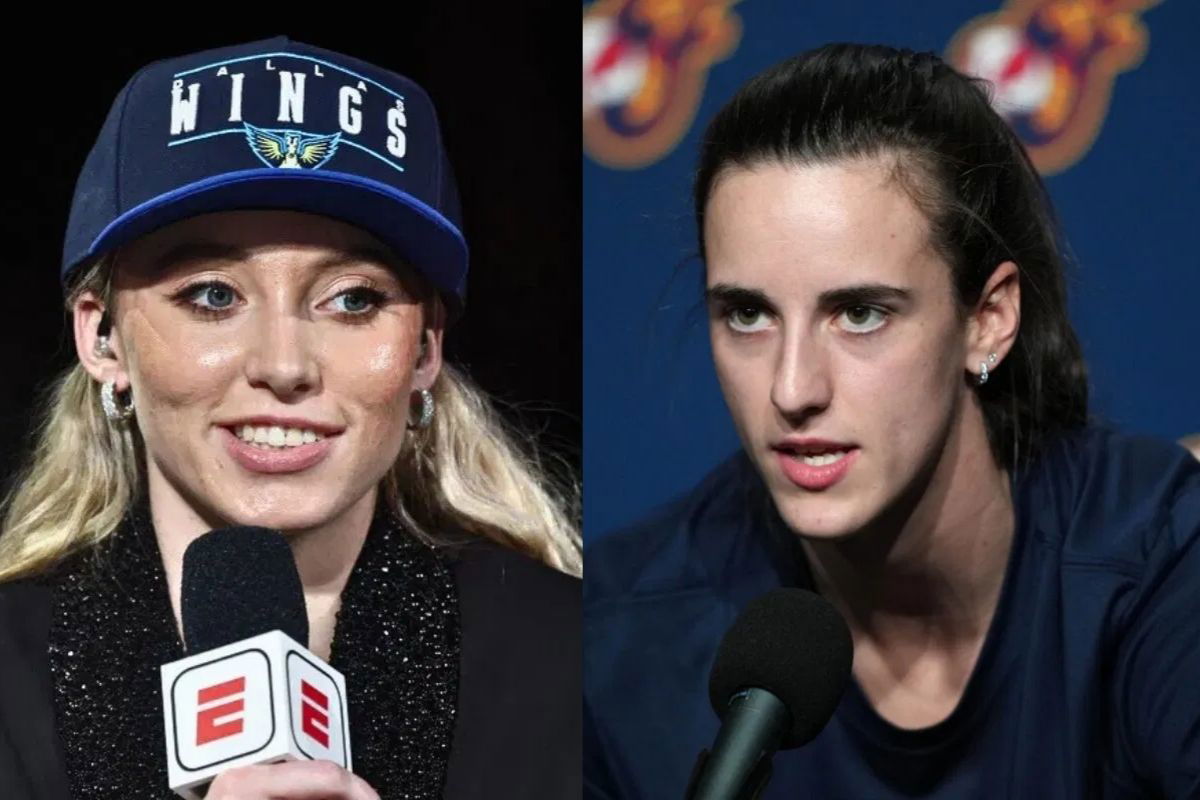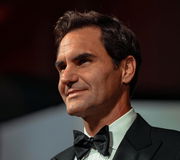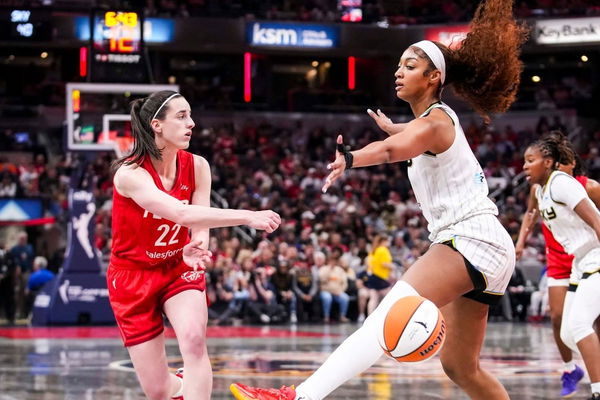
Imago
imagn

Imago
imagn
It’s concerning to see the fate of the WNBA being so dependent on Caitlin Clark. And considering the recent trend with her injuries, the league has already seen a drop in ticket prices. Just look at the All-Star Game, for example, when Clark was announced as one of the captains and expected to lead her team on the court, the heaviest ticket prices on TickPick were as high as $126, with an average resale price of $262, the highest in league history.
Watch What’s Trending Now!
Since she announced her withdrawal from the All-Star game due to a right groin injury, the ticket prices for the game have plummeted to $65. This cannot be a sustainable model for the league. They should not be losing this much money every time Clark isn’t playing. And they are not doing themselves any favours marketing-wise as well, evident by their recent debacle.
In a major marketing blunder, an email promoting the upcoming All-Star Game wrongly claimed Paige Bueckers would be the first rookie to start in an All-Star game since 2013, conveniently forgetting Aliyah Boston, who started in 2023, as well as Caitlin Clark and Angel Reese, who also stepped on the All-Star court last year. The backlash from Indiana Fever fans was swift and fiery, not only slamming the inaccuracy but also dragging Bueckers into the storm, despite her having nothing to do with the error. What was meant to be a celebration quickly turned into a PR headache.
ADVERTISEMENT
The WNBA acts like Caitlin Clark doesn’t exist 💀 pic.twitter.com/UnWOx0S6xv
— BricksCenter (@BricksCenter) July 17, 2025
Brittney Griner was voted an All-Star in her rookie year in 2013, but she missed the game due to injury. Another rookie, Elena Delle Donne, was chosen as a replacement, but even she couldn’t participate because of a concussion. So technically they were starters but didn’t step on the court. Among rookies who actually played in the All-Star game, Boston was the first rookie starter since Maya Moore in 2011.
Is the omission a big deal? No. But the professionalism of the league has been a concern for the last couple of years. The league has developed a solid fan base and is on track to become one of the fastest-growing leagues in the country. If mistakes like this continue, the league will have problems creating a rapport among its existing fan base and bringing in new ones. The WNBA’s potential is huge. Ensuring every public-facing moment is on point will be key to maintaining momentum and converting buzz into lasting success. But on recent evidence, not much faith can be put on Cathy Engelbert and Co.
ADVERTISEMENT
The WNBA Has A Habit Of Shooting Themselves In The Foot
The false stat about Paige Bueckers wasn’t just a minor oversight, but it’s part of a much larger issue. The WNBA has achieved the growth it’s long been striving for, but now it’s struggling to manage that momentum. Since the league’s popularity surged in 2024, it’s become clear that the infrastructure behind the scenes wasn’t built to handle this level of attention.
ADVERTISEMENT
Broadcasting continues to frustrate fans. WNBA League Pass, despite rising traffic year after year, remains riddled with technical glitches, including an awkward interface, vanishing scoreboards, and an overall subpar viewing experience. And with subscription costs climbing, fans are demanding better service than what they’re getting.
On the marketing front, the league has failed to properly elevate its biggest stars. Caitlin Clark and Angel Reese have brought millions of new eyes to the WNBA, but their explosive rise has happened largely without the league’s help. Their popularity is growing in spite of, not because of, WNBA promotion. Meanwhile, little effort has been made to spotlight veteran players or develop new fan favorites beyond those two. Merchandising has also been a missed opportunity. While demand is clearly there, evidenced by quick sellouts, most fans are still left empty-handed due to poor inventory planning and fulfillment delays. Instead of celebrating strong demand, fans are growing frustrated.
Top Stories
Sean Payton Announces Retirement Plans as Broncos HC Demands Improvement From Bo Nix & Co. Before Playoffs

Greg Biffle’s $4M Worth Prized Possession Still Without a Buyer Leaves NASCAR Fans Heartbroken

LIV Golf Braces for Another Possible Exit in Wake of Brooks Koepka Departure

Biff Poggi All But Confirms Bryce Underwood’s Michigan Future After Announcing His Own Departure

Roger Federer Draws Criticism from Swiss Government Chief for Tourism Boom in Country

NASCAR World Mourns as Former Watkins Glen President Michael Printup Passes Away at 60


Imago
May 17, 2025; Indianapolis, IN, USA; Indiana Fever guard Caitlin Clark (22) passes around Chicago Sky forward Angel Reese (5) on Saturday, May 17, 2025, during a game between the Indiana Fever and the Chicago Sky at Gainbridge Fieldhouse in Indianapolis. The Indiana Fever defeated the Chicago Sky, 93-58. Mandatory Credit: Grace Smith-IndyStar via Imagn Images
Even on the court, the product could be better. The physical, often stop-and-go style of play lacks the fluid, high-scoring energy fans see in the NBA. Combined with poor officiating and a growing number of injuries to key players, the league is risking its most valuable assets. With only a handful of marketable stars, the WNBA simply can’t afford to keep losing them.
ADVERTISEMENT
And to top it all off, the CBA negotiations between the WNBA and the players’ union have hit yet another wall. On Thursday afternoon, following an in-person meeting in Indianapolis, the Women’s National Basketball Players Association (WNBPA) publicly rejected the league’s proposal, calling it out in a pointed statement. The talks, already strained, have grown increasingly tense, raising serious concerns about a potential work stoppage if an agreement isn’t reached soon.
WNBA is a sapling that is just beginning to grow. It has to navigate through a lot of problems in the coming time. The CBA issue is the most urgent and the most important, as without players, you have no league. A temporary lockout could send the league back to square one. The league needs to tread lightly to maintain the momentum they have now.
ADVERTISEMENT
ADVERTISEMENT
ADVERTISEMENT
ADVERTISEMENT

